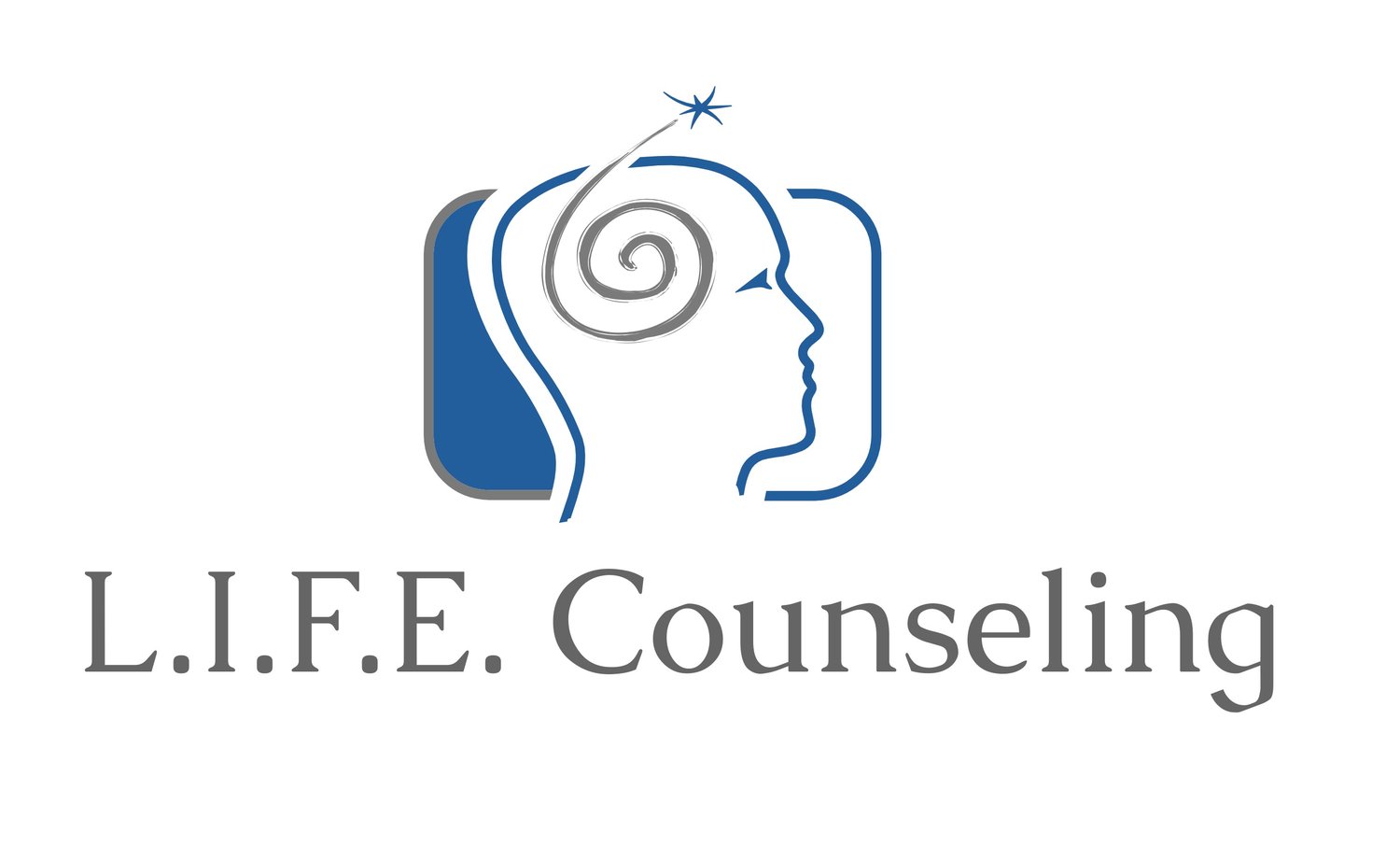What is Neurofeedback?
Neurofeedback Training
Neurofeedback is a retraining and re-balancing of the brain, allowing it to preform more efficiently. This is done through live neuronal activity feedback, in which information is shown to clients to allow them to engage with their current pattern of brainwaves and teach their brains to engage in neural activity promoting greater focus, calm, and flexibility. In other words, the brain will be rewarded for modifying its own thinking to healthier, more stable patterns. This is accomplished throughout multiple sessions, until enough neuronal networks are created to change thinking/behavior.
Peak Performance Training
Additionally, neurofeedback can be used for peak performance training. Abnormal brainwave patterns or a mental health disorder does not need to be present to take advantage of neurofeedback. Stronger memory, sharper attention, management of stress and the strengthening of multi-tasking can all be trained to help in the classroom, workplace, and with everyday responsibilities. This type of training can be ideal for:
- Athletes
- Executives
- Musicians
- Any one desires optimal performance
EEG Feedback for attention deficit disorder
Peak Performance for Athlete Chris Kaman
How does it work?
We apply sensors to locations of the head, which detect and send the neuronal activity information to a computer program. This program will process the information and pull out certain brainwave frequencies. Feedback is provided by the monitor in front of client. Depending on what we are attempting to train (i.e. ADHD, anxiety, depression, etc), some frequencies we will reinforce and others we will diminish. This information is shown to the client in the form of multiple different games or videos. If healthy brain activity is present, the client will score more points, or keep the movies playing. If unhealthy brain activity is detected, it will be more difficult to score points or keep the movie active. This thus discouraging unhealthy brain patterns and encouraging new, healthy neuronal networks. This is all done non-invasively, while the client is seated in a comfy chair.
The benefits:
This is offered as a non-medication treatment option for those looking to avoid the side-effects of medication. As opposed to medication, neurofeedback is long-term, non-invasive, has no side-effects, and is designed for children and adults aged 2-82.
Frequently Asked Questions:
How many sessions are required for change?
Good question. Learning happens over a period of time and usually is a process. Many times we hear reports of improvement within 10 sessions, though long-term changes take longer. Each client’s situation and mental state is unique so it is difficult to offer a one-size-fits-all length of treatment plan. However, with regular sessions (a minimum of 2 per week), healthy eating, exercise, and sleeping patterns, many of the persistent experienced symptoms can be significantly reduced by 20-40 sessions.
Are there any side-effects to Neurofeedback?
This is the beauty of this type of training, there are no neurological side-effects. We hear frequently of the life altering side-effects medication has on a person’s life. Many times the negative byproducts of medication outweigh the benefits. This is why we offer this treatment option at our practice.
What does a 50-minute session look like?
The first 10-15 minutes is to check in with your mental health practitioner, to talk through the week’s challenges and what progress is being made. We at LIFE Counseling care deeply for our clients. Not only does the client receive neurofeedback training, but also a practitioner that walks through life’s ups and downs and offers support through it all. The relationship between the client and practitioner is similar to a counseling therapeutic relationship. This is key to sifting through the muck to pinpoint the exact problem at hand. The rest of the session is completely training.
The process:
STEP 1: Quick/Brain Mapping Assessment
(Required for Neurofeedback Training and is part of the price for the package options)
- Initial Intake Session
- Family/School Questionnaires
- IVA computer assessment (x2 pre and post)
- Swingle assessment
STEP 2 : Neurotherapy (Neurofeedback and Biofeedback)
To experience change, 20 - 30 session packages are offered, we recommend the investment of 30 sessions as further training with allow for greater longevity of the training.
For a complete overview of prices please visit our Investment and Packages page
What diagnoses can Neurofeedback help?
While Neurofeedback can help reduced symptoms in an array of diagnoses, we here at LIFE Counseling specialize in:
- ADD/ADHD
- Anxiety and Anger
- Autism
- Chronic pain
- Depression
- Post-Concussion/Mild Traumatic Brain Injury
- Insomonia
- PTSD
- Obsessional thinking and Addictive Behavior
Should I keep taking my medication?
Medication can be used in conjunction with neurofeedback. It should be closely monitored though by a physician as, when neurofeedback is successful, medication may no longer be necessary or needed at lower dosages. This is the end result of training: for the brain to take over regulating responsibilities on its own.
How do I know if Neurofeedback would be a good fit for me?
By setting up an initial consult with our in-house clinician and ADD specialist, you would be assessed, and have the ability to experience the neurofeedback system.
What if it’s all placebo effect?
Yes, we get it. The mind is incredibly intricate and can play games on us. If you’d like to do research for yourself, click here for references to peer-reviewed research studies on neurofeedback.


